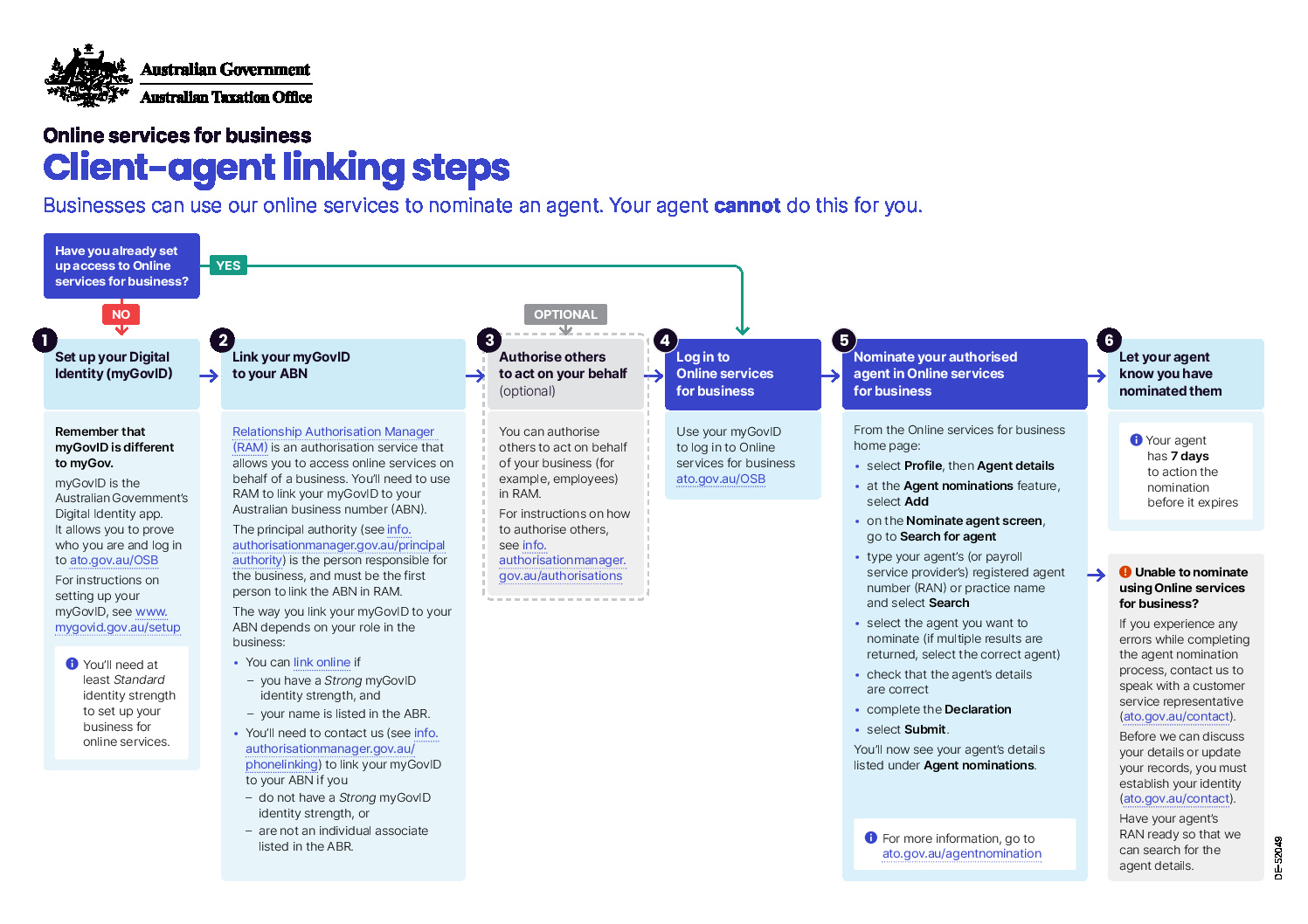For most people, deciding what should be done with their assets and possessions after they die is not something they like to consider. Although it is a bit morbid, this decision is extremely important to ensure your carefully earned assets are distributed according to your wishes. While most people bequest their house, household contents, jewellery, collectibles, cars, boats, and things of that nature in their will, their superannuation and pension balances are often forgotten. This is where superannuation death benefit nominations become extremely important.
What steps can you take?
Superannuation fund trustees allow members to make what is called a ‘death benefit nomination’ for their account balances. This nomination allows members to dictate to the superannuation fund trustees where their superannuation benefits should be paid if the member passes away. However, it should be noted that there are different types of death benefit nominations and not all superannuation providers offer all options. The governing rules of superannuation funds define whether they can allow certain types of death benefit nominations to be made.
There are two types of death benefit nominations: binding and non-binding. Both are only activated on the superannuation members’ death and are usually paid in lump sums to the beneficiaries.
Binding death benefit nominations
A binding death benefit nomination binds the superannuation trustee to paying the members’ superannuation benefits as directed by the member before their death. However, binding nominations can still be overruled by the superannuation fund trustee in some cases.
Binding nominations expire every 3 years. While having to provide a new nomination every 3 years may seem like a hassle, consider how much your life may change in 3 years by births, deaths, separation, divorce or marriage etc. When this is taken into account, updating your death benefit nomination every 3 years seems like a prudent measure.
Non-binding death benefit nominations
A non-binding death benefit nomination is similar to a binding death benefit nomination, except the superannuation trustee is not bound to pay your superannuation benefits to your nominated beneficiaries. You are able to nominate who you would prefer your benefits to be paid to, however, this is used as a guide and the ultimate decision remains with the superannuation trustee. The trustee must still pay the benefits to a dependent or your legal personal representative however.
Non-lapsing binding death benefit nominations
These are much the same as binding death benefit nominations but with one crucial difference – this nomination remains in place until you revoke it, change it or make a new nomination. This may present a trap if you nominated your beneficiaries when you first opened your superannuation account 10 years ago but have not checked or updated your nomination since then.
If you were to pass away before updating your nomination, your superannuation benefits might not be paid the way you intended. It’s worth checking your nomination often to ensure your beneficiaries are up to date. This information is usually recorded on the annual statement provided by your superannuation fund at the end of every financial year.
Reversionary nominations
Reversionary nominations are another type of death benefit nomination specifically in relation to a pension or annuity. It simply means that on your death, the regular payment amount from your pension or annuity would continue to be paid to an individual nominated by you.
If the rules of the superannuation fund allow it, you could nominate your beneficiaries via a binding or non-binding death benefit nomination instead of a reversionary nomination, however, the benefit would be paid as a lump sum, not a regular income stream. It’s also worth noting that not all beneficiaries can receive a superannuation death benefit as an income stream.
Self-managed superannuation funds
Self-managed superannuation funds are able to make binding death benefit nominations, however, they are bound by rules and limitations according to the ATO Self-Managed Superannuation Funds Determination 2008/3.
What happens if no binding nomination is in place?
If a member has no binding nomination in place or has let their nomination lapse, the superannuation fund trustee may consider any valid non-binding death benefit nominations the member made before their death when deciding where to pay the member’s superannuation benefits. The trustee will also make enquiries about the member’s will and family situation before paying the benefits, however, the superannuation fund trustee must pay the death benefits in accordance with the superannuation fund’s trust deed rules as well as the governing rules of the superannuation fund, superannuation law, and common law.
Who can be a beneficiary?
Your beneficiaries/beneficiary must be a dependent of you or they must be your legal personal representative (LPR). This is usually the executor of your will or your estate administrator. You are able to nominate multiple beneficiaries with different allocations but the total allocation must equal 100%. You are able to allocate part of your benefits to your LPR with the remaining portion going to a beneficiary.
The SIS Act 1993 classifies a dependent as one of the following:
- Your spouse or de-facto spouse
- Children, including adopted, ex-nuptial and stepchildren of any age
- A person who was financially dependent and reliant on you at your death
- An individual who has a close personal relationship with you. This person must live with you and one or both of you must provide the other with financial support, domestic support, and personal care. They do not have to be related to you.
Making a valid nomination
For a death benefit nomination to be valid, all of the following criteria must be met:
- Nomination is made in writing by the member
- Beneficiary is a dependent according to the SIS Act 1993 or is the LPR of the member
- Allocations are clear and all required details have been provided
- Nomination has been signed and dated by the member in the presence of 2 witnesses over the age of 18
- Nomination must be reviewed at least every 3 years
Checking that the death benefit nominations on your superannuation funds are up to date will ensure that your carefully accumulated superannuation benefits are paid to the right people after you are gone.
For help on nominating your beneficiaries or making a death benefit nomination, contact Quill Group today. Quill Group also has in-house estate planning lawyers based on the Gold Coast through our subsidiary company Intello Legal.
Other articles related to binding death benefit nominations
The following are other articles related to superannuation estate planning which may be of interest:













